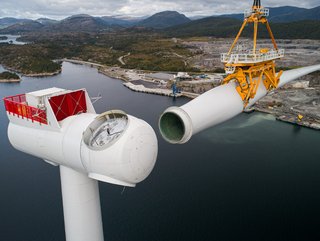Assembling the world's largest floating offshore wind farm

Equinor is planning to construct the world's largest floating offshore wind farm to cut CO2 emissions from its offshore operations. This venture would be a huge step in the right direction for the energy change all alone - taken together, Hywind Tampen and Equinor's prior Hywind Scotland pilot task will produce around half of the world's wind power.
Although various component designs, installation techniques, and deployment methods are being considered and prototyped, the market is still in its infancy, and none have yet been fully commercialised. Because the Tampen area's water depth and seabed geology made it impossible to install conventional fixed-bottom turbines, floating foundations were required for this project.
A critical challenge was the work involved in assembling the entire 8.6 MW turbines – including tower sections, nacelles and blades - onto huge 107m spar buoys that lie mainly underwater. This needed to be performed in the controlled environment of a port – where the whole system could be kept as static as possible - before the completed turbines were towed out to their installation site.
Martin Tieman, Project Manager for Mammoet, explains: “Having worked on numerous large-scale offshore wind projects, we understand how important the logistics between port delivery and installation are to maintaining schedule. Our specialist team has successfully executed this scope for some of the biggest offshore wind projects in the world, giving us the experience to maximize utilisation of key assets and so deliver the highest levels of project cost-efficiency.”
Hywind Tampen offshore wind park will start producing power during the third quarter of 2022.






